Lentil microgreens are tiny plants that pack a big nutritional punch. They are easy to grow and can be used in a variety of dishes, from salads to sandwiches to smoothies. These microgreens are also a great source of vitamins A, C, and K, as well as iron, calcium, and protein.

Cultivating lentil microgreens is relatively simple and can be done at home with just a few basic supplies. They can be grown in soil or hydroponically and only take a few days to reach maturity. Once harvested, these microgreens can be stored in the refrigerator for up to a week, making them a convenient and healthy addition to any meal.
Nutritional and culinary uses of lentil microgreens are abundant. They have a mild, nutty flavor that pairs well with a variety of foods. Lentil microgreens are also a great source of plant-based protein, making them an ideal choice for vegetarians and vegans. They can be used as a garnish or as a main ingredient in dishes like lentil microgreen pesto or lentil microgreen hummus.
Key Takeaways
- Lentil microgreens are a nutrient-dense food that can be easily grown at home.
- They are a great source of vitamins and minerals, including protein, iron, and calcium.
- They have a mild, nutty flavor and can be used in a variety of dishes, from salads to sandwiches to smoothies.

Cultivating Lentil Microgreens
Lentil microgreens are easy to grow and require minimal effort. Follow these simple steps to cultivate your own delicious and nutritious microgreen lentils.
Selecting Quality Lentil Seeds
When selecting lentil seeds for microgreens, look for organic seeds to reduce the chemicals and pesticides you consume. Choose seeds that are fresh and plump, and avoid those that are discolored or damaged.
Preparing the Growing Medium
To prepare the growing medium, soak the lentil seeds in water for 8-12 hours. Drain the water and rinse the seeds well. Place the seeds on a layer of moist paper towels or cheesecloth, and cover them with another layer of moist paper towels or cheesecloth. Keep the seeds covered for 2-3 days and rinse and drain them twice a day.

Planting and Watering Techniques
Once the lentil seeds have sprouted, it's time to plant them. Fill a shallow tray or container with a growing medium, such as soil or coconut coir. Spread the sprouted lentil seeds evenly over the surface of the growing medium, and press them gently into the soil. Water the seeds with a spray bottle, making sure not to overwater them.
Optimizing Light and Temperature
Lentil microgreens require 8-12 hours of light daily to grow properly. Place the tray of microgreens near a window that receives plenty of sunlight or under a grow light. Keep the temperature of the room between 68-72°F (20-22°C) for optimal growth.
Harvesting and Storage
After 2-3 weeks, the lentil microgreens will be ready to harvest. Cut the microgreens above the soil line using scissors or a sharp knife. Rinse the microgreens in cool water and pat them dry with a paper towel. Store the microgreens in a sealed container in the refrigerator for up to a week.
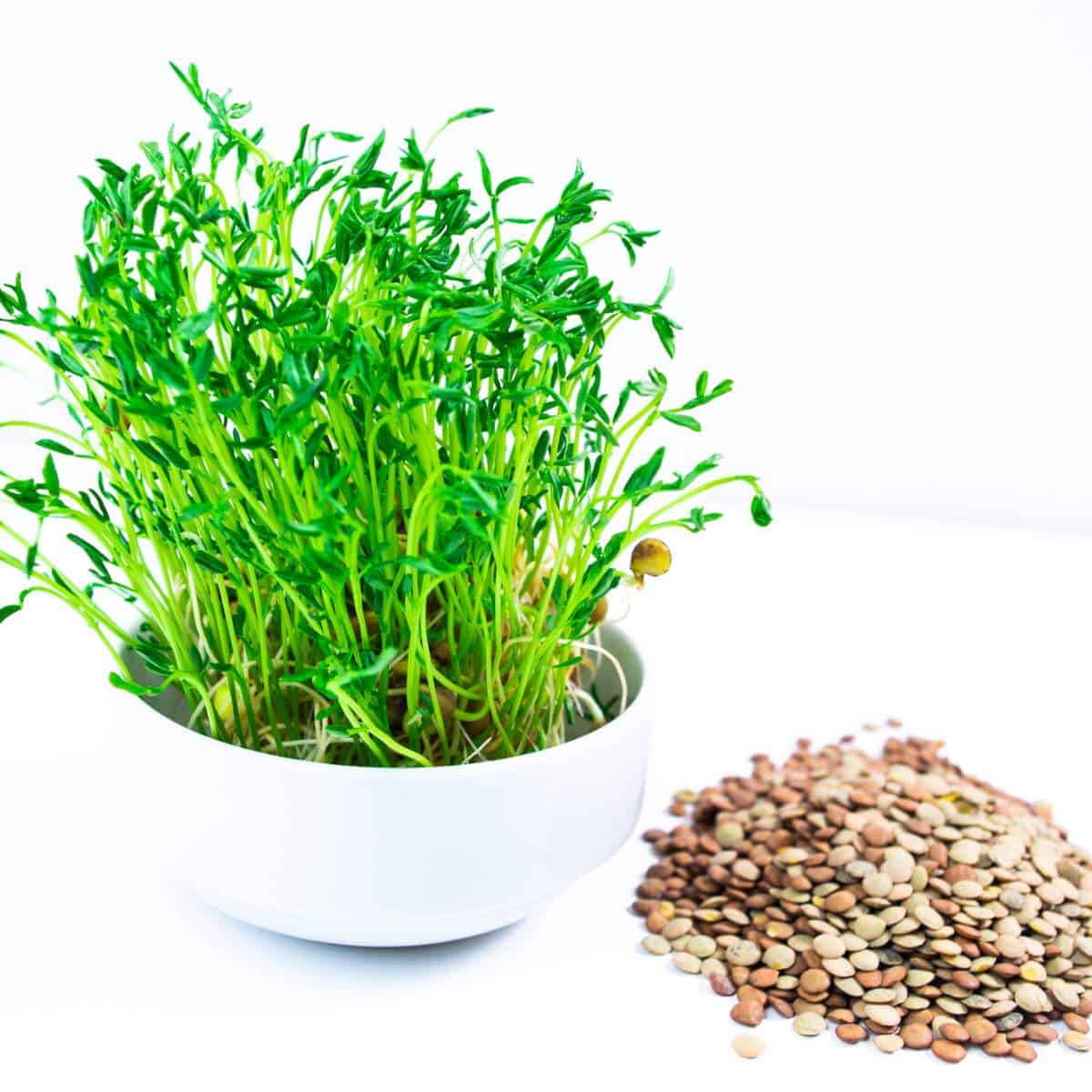
Nutritional and Culinary Uses
Health and Nutritional Advantages
Lentil microgreens are a tiny but mighty superfood that has taken the health world by storm. They are packed with nutrients, including vitamins A, C, and K, as well as iron, calcium, and protein. The tiny plants provide 8-10% of your daily recommended intake of protein per serving, making them an excellent source of plant-based protein for vegetarians and vegans.
They also contain both soluble and insoluble fiber for healthy digestion and are rich in minerals like calcium and magnesium for strong bones and teeth. These microgreens also contain Vitamin B, which is essential for energy production and overall health.
Incorporating into Dishes
Lentil microgreens have a mild, nutty flavor and can be used in various dishes, such as salads, sandwiches, and smoothies. They add a unique texture and earthy flavor to any dish. Lentil microgreens are a great addition to any salad, providing a fresh and healthy crunch. They can also be used as a garnish for soups, stews, and other dishes. Lentil microgreens can be added to sandwiches for a unique flavor and texture. They can also be added to juices and smoothies for added nutrition.
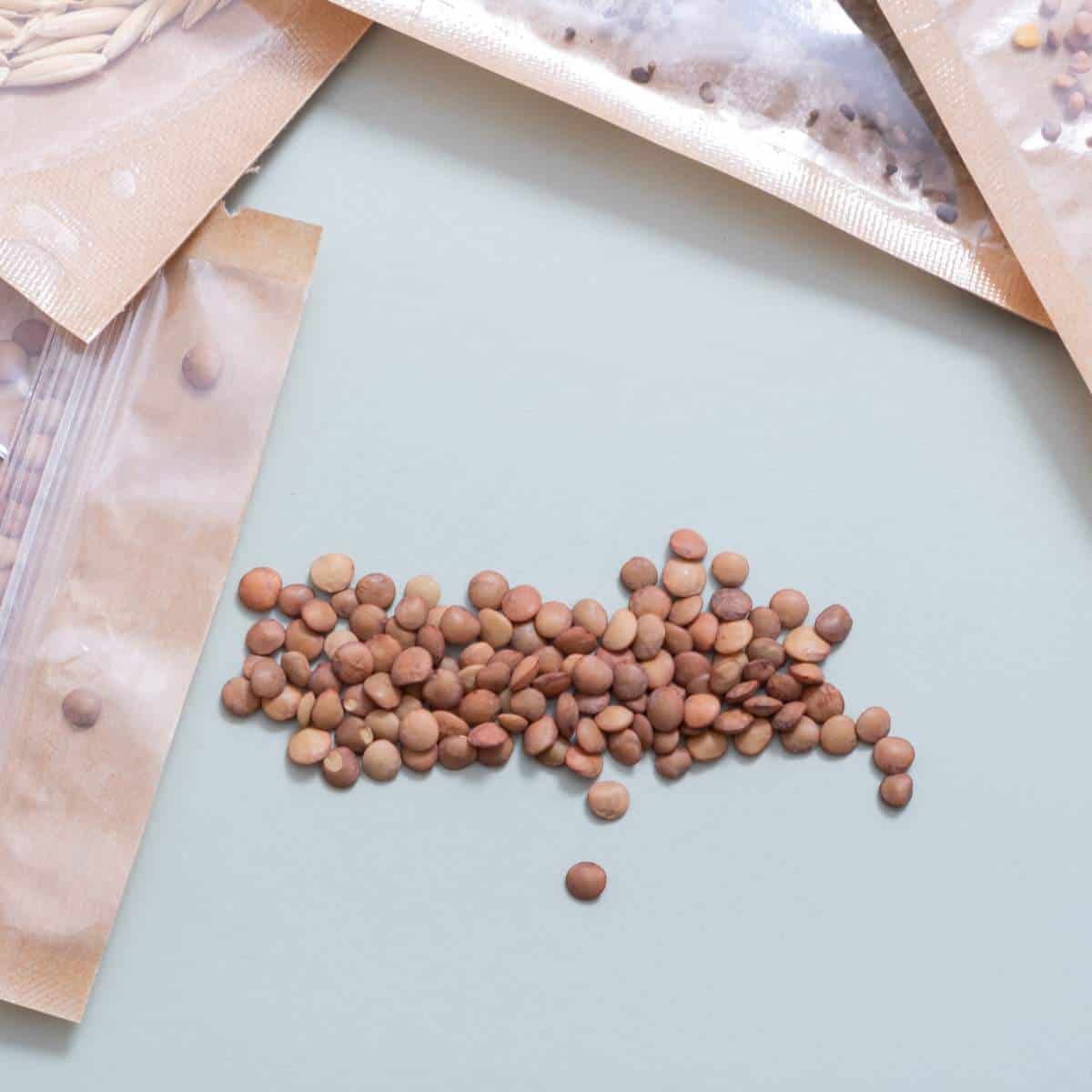
Lentil microgreens are versatile and can be used in different dishes. They pair well with other greens, herbs, and vegetables. And these tiny greens can also be used as a substitute for lettuce leaves in wraps and rolls. They can be used in different cuisines, such as Indian, Mediterranean, and Mexican.
In conclusion, lentil microgreens are a nutritional powerhouse that can be incorporated into various dishes. They provide numerous health benefits and add unique flavors and textures to any dish. Lentil microgreens are a must-try for anyone looking to add more nutrition to their diet.








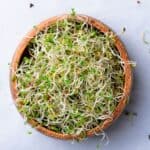





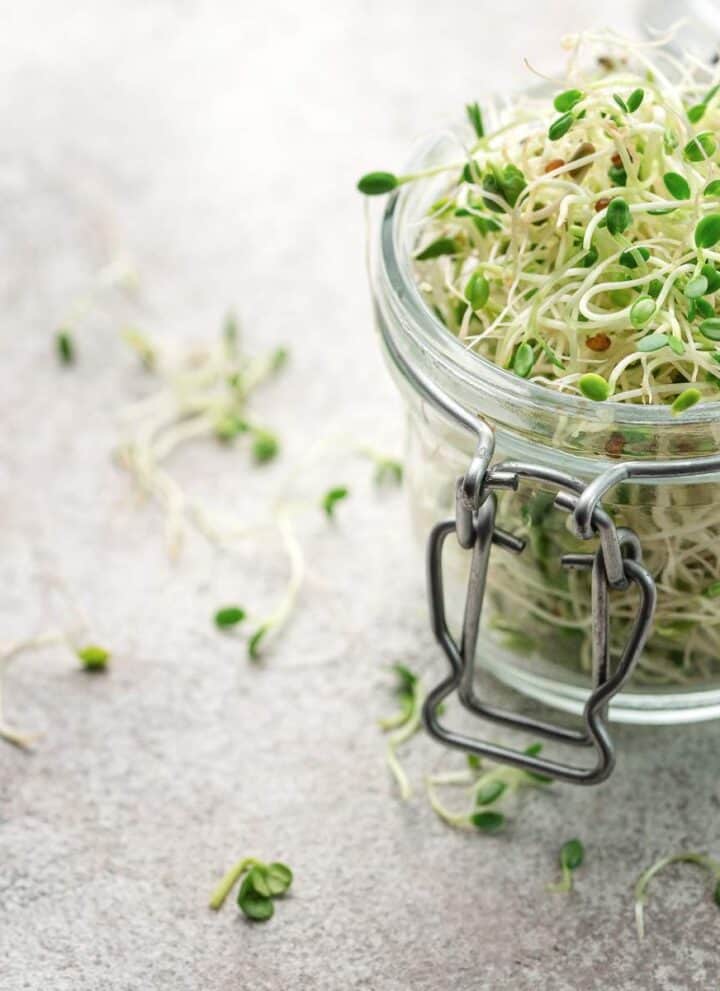
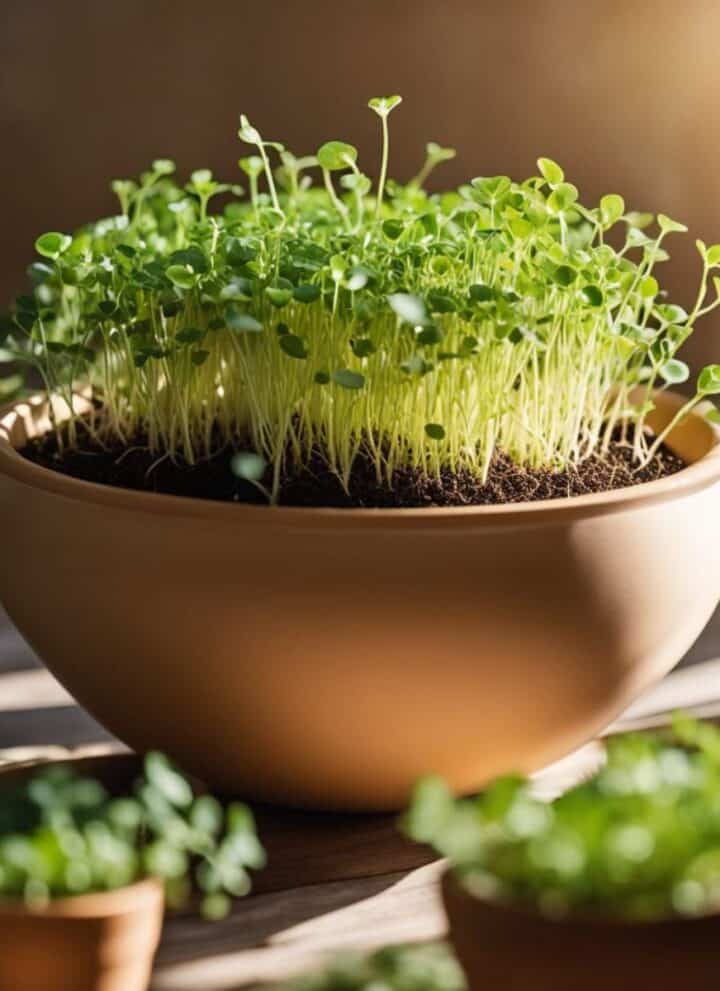
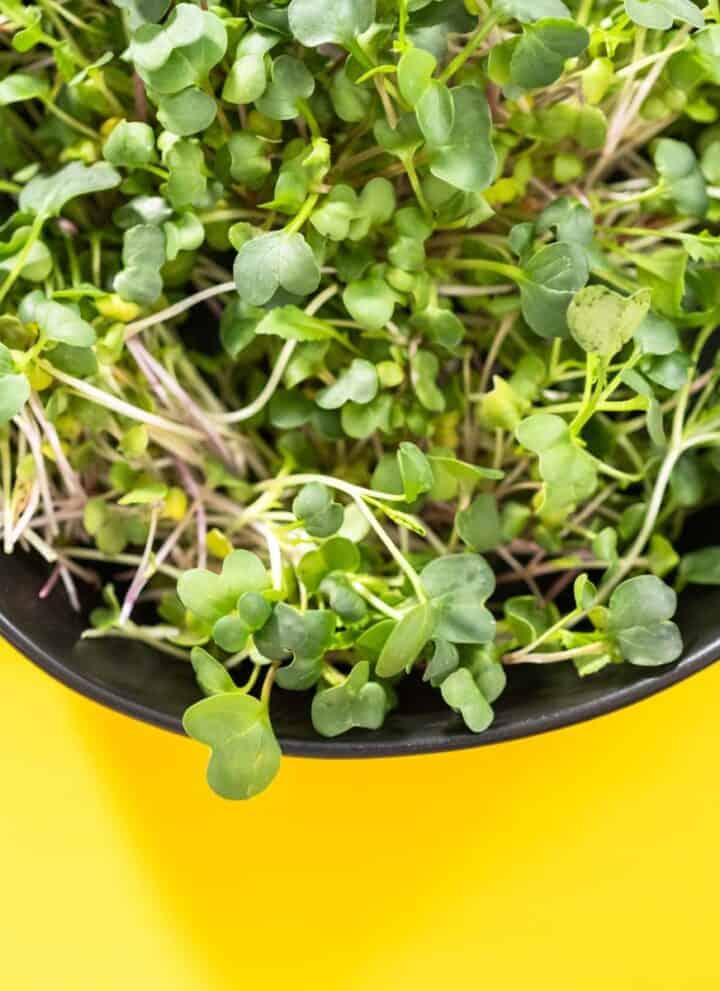

Comments
No Comments